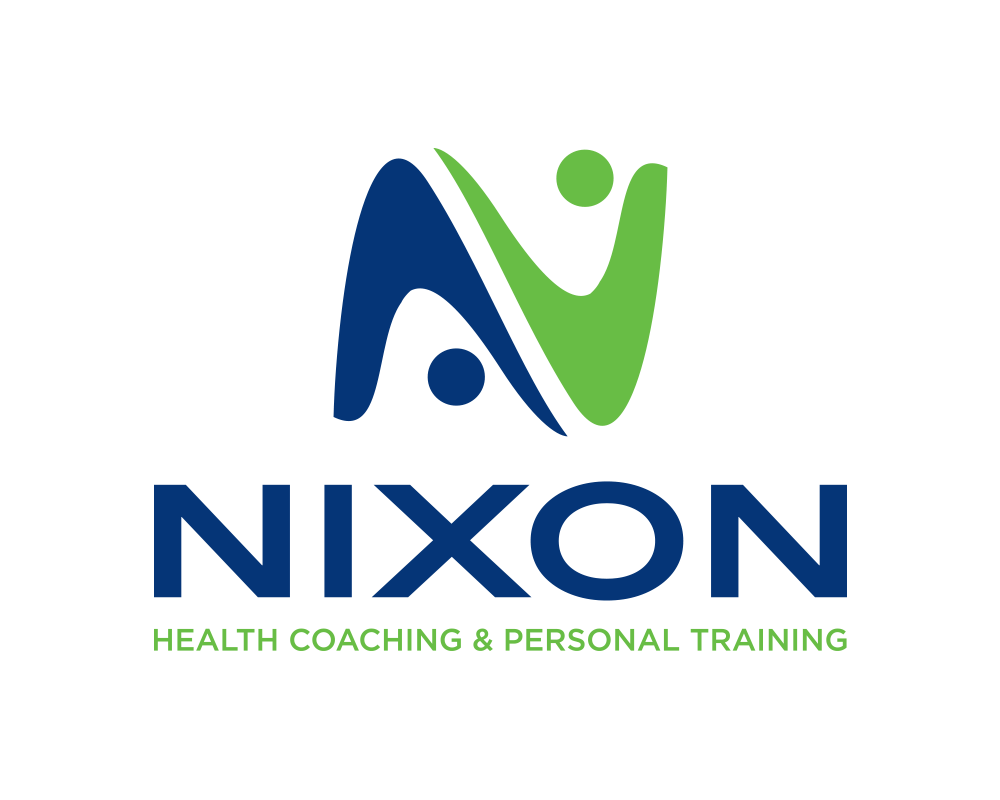You Can Design a Resolution Into Lasting, Positive Change.
Please note: If you clicked here from LinkedIn please hit "view original" at the top of the page for free access to the Goal Worksheet.
The common New Year's resolution is not designed to create an achievable change. For example, the well-tread resolution of "I am going to lose weight this year," is not an action that you can take. Losing body fat is not achievable without small steps and consistent behaviors that can be developed over time. The small steps that you need to take are the process goals that can lead to lasting change.
I encourage anyone wanting to make a change to start with your vision for the end of the year, then ask where you want to be in five months, and then work backward to New Year’s Day with the absolute smallest thing you can do right then. Start with the big goal then ask yourself what actions need to happen to get there? List the actions and pick one to start. Looking at the example of that end-of-year vision of being a lighter and therefore healthier person, ask yourself where you want to be in five months. Saying that you want to be five pounds lighter in five months is achievable for many people but it is still not an action.
Change is a skill. Is the action you have chosen something that can be practiced and made stronger? You have probably heard of SMART goals, this is the benchmark that sets an unattainable goal apart from an actionable goal. SMART is: Specific, Actionable, Realistic & Relevant to you, and Time-bound. What action needs to be taken today to start that journey to a lighter and healthier you in five months? Do you need to cut out a certain food, or as I will get into below, do you need to add healthier food? Do you need to start exercising? What action is something that you not only can do but will enjoy enough to keep doing it? The key to reaching any health goal is consistency, and I do not know of many people who can be consistent at something they hate. Can that action be smaller and almost certainly achievable? If you choose to start exercising what specifically are you going to do, when, where, and how often?
Now that the goal is an action, can you make it a small action that seems so easy there is no way that you cannot achieve it? Good. To be successful the science shows that the goal needs to be easy. So easy that it probably seems silly. If you are not sure that you can achieve the goal then make it easier, and easier, and easier, until you feel that you could do it without fail. That small action is the first part of a process.
Going to the gym is a process made up of a series of steps that start with putting gym clothes in your bag, then getting to the gym, then walking in the door. It has been said that the heaviest thing in a gym is the front door. If exercising 5 days a week is too big of a goal for right now how about starting with putting your clothes in your bag five days a week. Does that feel like a goal that is so small that you cannot fail? Perfect. Do it for a week before trying to do something more. The next step in the process is facing that heavy gym door.
Another tactic for creating change that people often use is eliminating something they have labeled as bad. Try an experiment, flip that idea on its head - instead of eliminating something you have labeled as bad - add a good habit or routine. You will likely end up with the same outcome as if you had eliminated something. A typical view is that to lose weight a "bad" food needs to be eliminated. Have you asked yourself what healthful choices you can add to your day? What can you add to your nutrition right now to start the journey? How many servings is the healthy amount and how many servings are you willing to eat? If you can’t stand the idea of six servings of vegetables a day, how about one serving? Is one serving more than you can find palatable? How about one mini carrot and one cherry tomato? Doable? Great, that’s more than zero. The most important thing is getting started. If you work your way up to eating six servings of vegetables every day, six small servings of healthy omega-3 fats, and six servings of lean protein, you might just find that your health improves without feeling deprived.
Do you have a goal for 2022? Need a hand in making the goal and developing the process? Use the free Goal Builder
